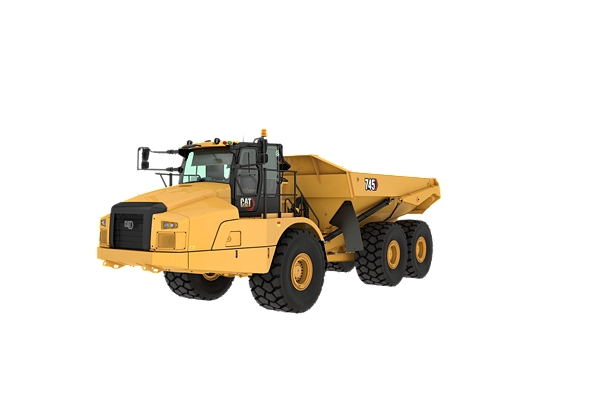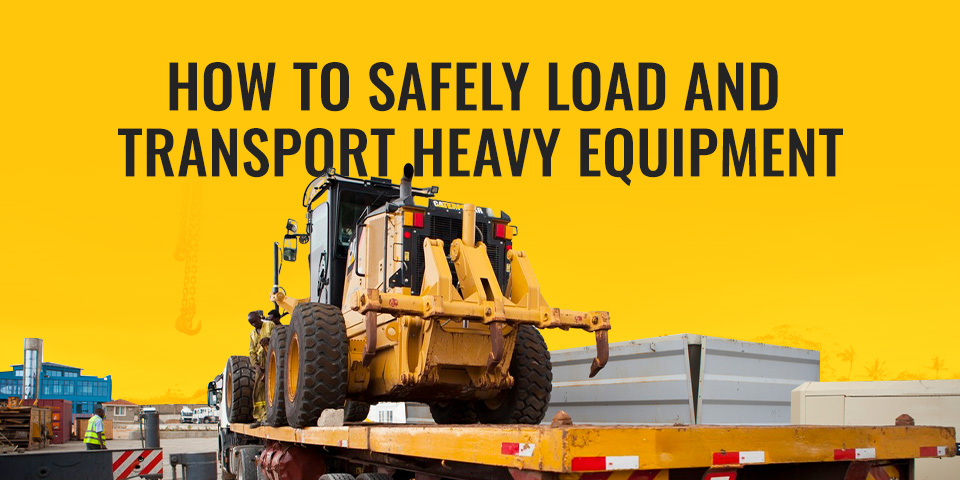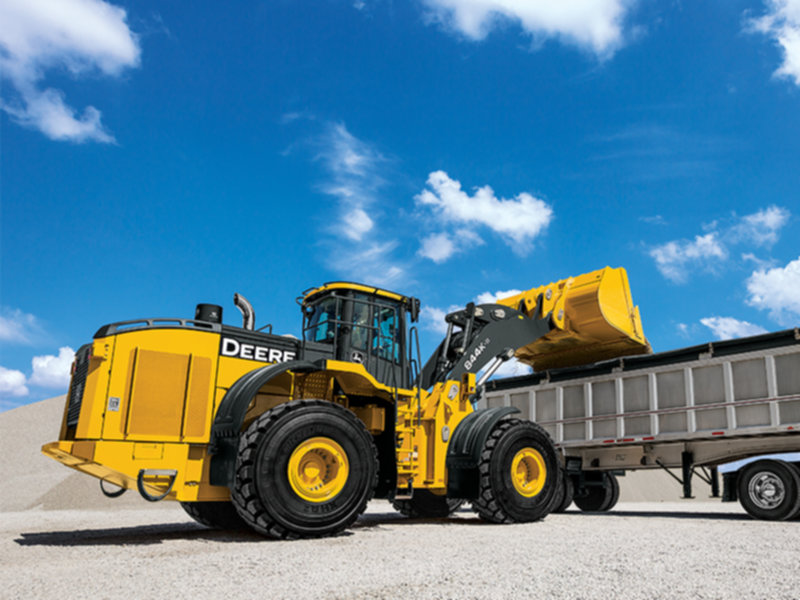Inexpensive Dozer Rental Providers Near You
Wiki Article
Leasing Vs. Purchasing Building Devices: Making the Right Option for Your Job
When embarking on a building task, one of the crucial decisions that project stakeholders and managers face is whether to lease or purchase building devices. The decision pivots on various factors such as cost factors to consider, job duration, tools upkeep, scalability, risk, and versatility monitoring.Price Factors To Consider
Leasing devices frequently needs reduced first payments contrasted to purchasing, making it an attractive option for temporary jobs or professionals with budget restraints. In the lengthy run, continually renting out tools can collect higher prices than buying, especially for extensive tasks.On the various other hand, buying building and construction equipment involves greater upfront costs yet can cause lasting cost savings, specifically for long-term tasks or constant individuals. Having tools gives adaptability, comfort, and the potential for resale value once the task is completed. In addition, owning tools permits customization and familiarity with certain machinery, potentially enhancing performance and productivity on-site. Inevitably, the decision in between leasing and purchasing building and construction tools hinges on the project's period, regularity of use, budget plan factors to consider, and lasting monetary objectives.
Project Period

Alternatively, for long-lasting tasks or recurring construction work, acquiring tools could be the extra cost-effective option. Purchasing tools can cause cost financial savings in the lengthy run, especially if the tools will certainly be often made use of. Additionally, having tools offers a feeling of control over its schedule and allows for personalization to fit certain project needs.

Devices Maintenance
Offered the crucial role project duration plays in figuring out the most economical strategy in between purchasing and renting construction tools, the focus now changes in the direction of checking out the important element of tools maintenance. Appropriate maintenance is vital for making certain the ideal performance and durability of building tools. Renting out tools typically includes the benefit of having well-maintained machinery provided by the rental company. This can alleviate the concern of maintenance tasks from the job proprietor or specialist, saving effort and time. On the other hand, having devices calls for a positive technique to upkeep to stop breakdowns, make sure safety, and prolong the equipment's lifespan. Regular inspections, maintenance, and prompt repair services are necessary to maintain owned tools in leading working condition. Element in upkeep prices when choosing between leasing and buying, as neglecting upkeep can result in pricey fixings, downtime, and project hold-ups. Ultimately, a well-maintained building and construction devices fleet, whether rented out or had, is important for the effective and effective completion of building and construction tasks.Flexibility and Scalability
In the world of building and construction equipment monitoring, the aspect of adaptability and scalability holds considerable importance for job efficiency and source utilization. Opting to lease building and construction devices gives a high level of versatility as it permits the quick modification of tools types and amounts based on the navigate here developing demands of a project. Renting out enables specialists to access a variety of specific tools that may be needed for specific tasks without the long-lasting dedication of possession. This adaptability is specifically helpful for jobs with varying demands or uncertain durations (aerial lift rental).Additionally, scalability, another crucial element, is inherently connected to flexibility. Leasing construction equipment offers the benefit of quickly scaling operations up or down as task needs change. Professionals can quickly exchange or add equipment to match the project's transforming needs without the restrictions of owning properties that might become underutilized or out-of-date. This ability to scale sources efficiently can lead to price financial savings and boosted job timelines, making renting a positive option for tasks needing versatility and responsive resource allocation.
Danger Management
Efficient threat administration in building and construction equipment procedures is paramount to ensuring task success and mitigating prospective economic losses. Building projects inherently entail numerous dangers, such as devices break downs, mishaps, and job delays, which can substantially affect the job timeline and budget plan. By very carefully considering the risks connected with owning or leasing building equipment, project managers can navigate to this website make enlightened decisions to decrease these prospective dangers.Leasing building and construction equipment can supply a degree of threat reduction by transferring the responsibility of maintenance and fixings to the rental business. This can decrease the financial worry on the job owner in case of unanticipated equipment failings (mini excavator rental). Additionally, renting out supplies the versatility to access specialized equipment for details job phases, lowering the threat of having underutilized machinery
On the various other hand, owning construction equipment gives a feeling of control over its use and upkeep. Nevertheless, this likewise suggests bearing the full duty for repair work, maintenance expenses, and depreciation, raising the financial dangers connected with equipment possession. Mindful danger evaluation and consideration of elements such as task period, devices utilization, and maintenance needs are essential in identifying one of the most appropriate choice for effective danger management in building jobs.
Verdict
In verdict, when making a decision in between leasing and buying building equipment, it is necessary to consider cost, job period, tools maintenance, scalability, adaptability, and danger management. Each factor plays a critical function in figuring out one of the most suitable option for the job at hand. By thoroughly assessing these aspects, project supervisors can make an informed choice that straightens with their budget, timeline, and overall job goals.
Report this wiki page